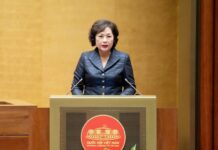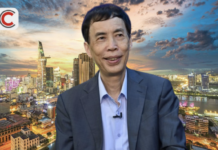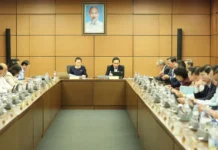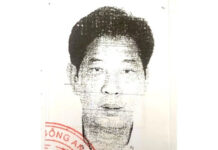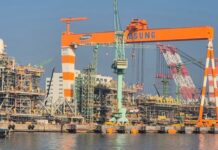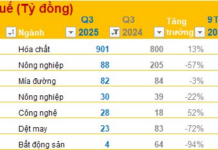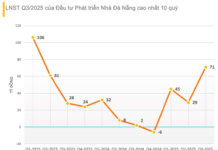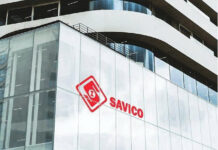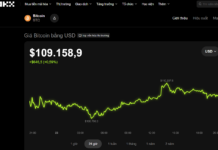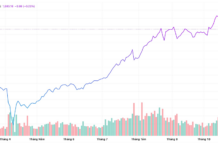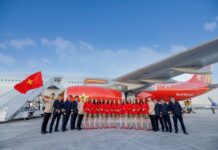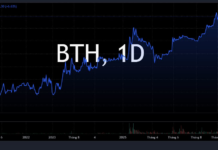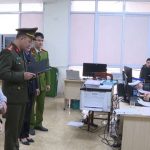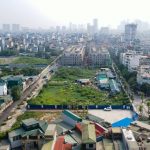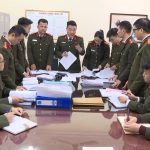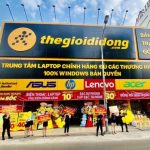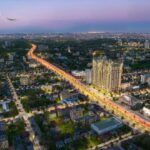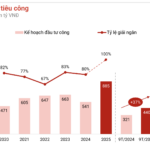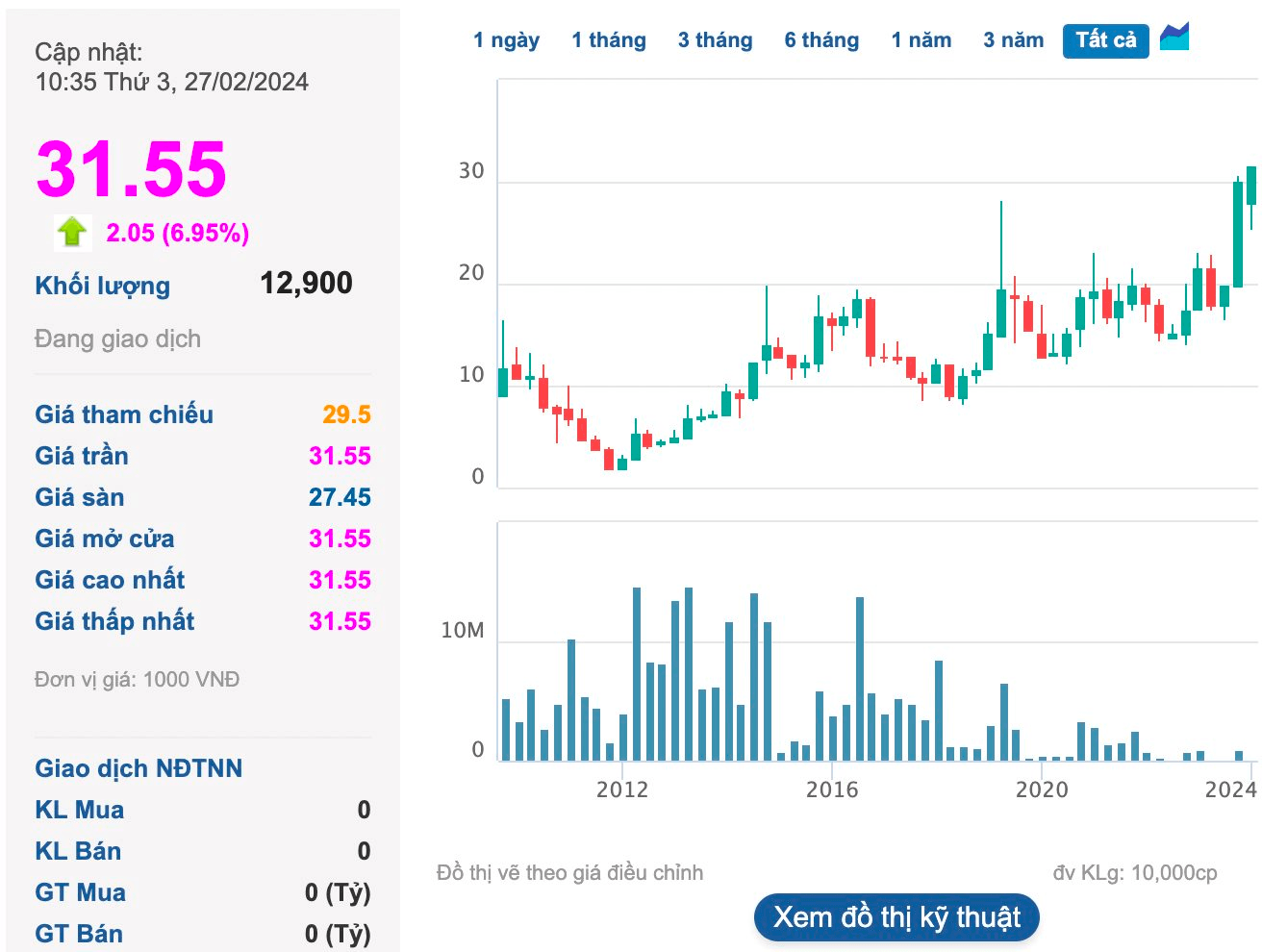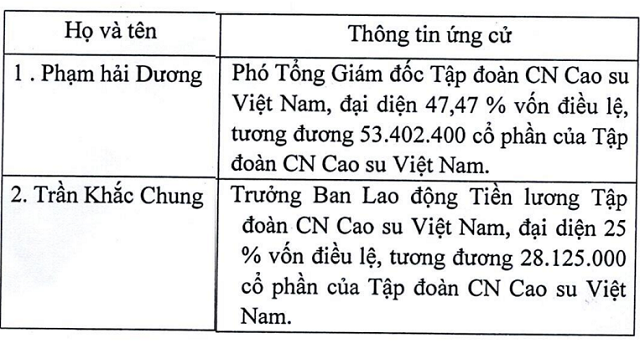Mr. Vu Tu Thanh, Deputy Executive Director of the US-ASEAN Business Council, revealed that many members of the Council are not only expressing interest but also actively seeking to expand their manufacturing operations in Vietnam.
As an illustration, Mr. Thanh mentioned a prominent electronics component manufacturer in the northern region that had invested in expanding its production capacity at the Thang Long Industrial Park two years ago, resulting in a fourfold increase in its export volume to approximately $200-240 million per year. “They are currently scouting for a location to establish another factory. However, as the Thang Long Industrial Park has run out of available land, the company is compelled to search for an alternative site, requiring an area ranging from 7 to 10 hectares,” shared the representative from the US-ASEAN Business Council.
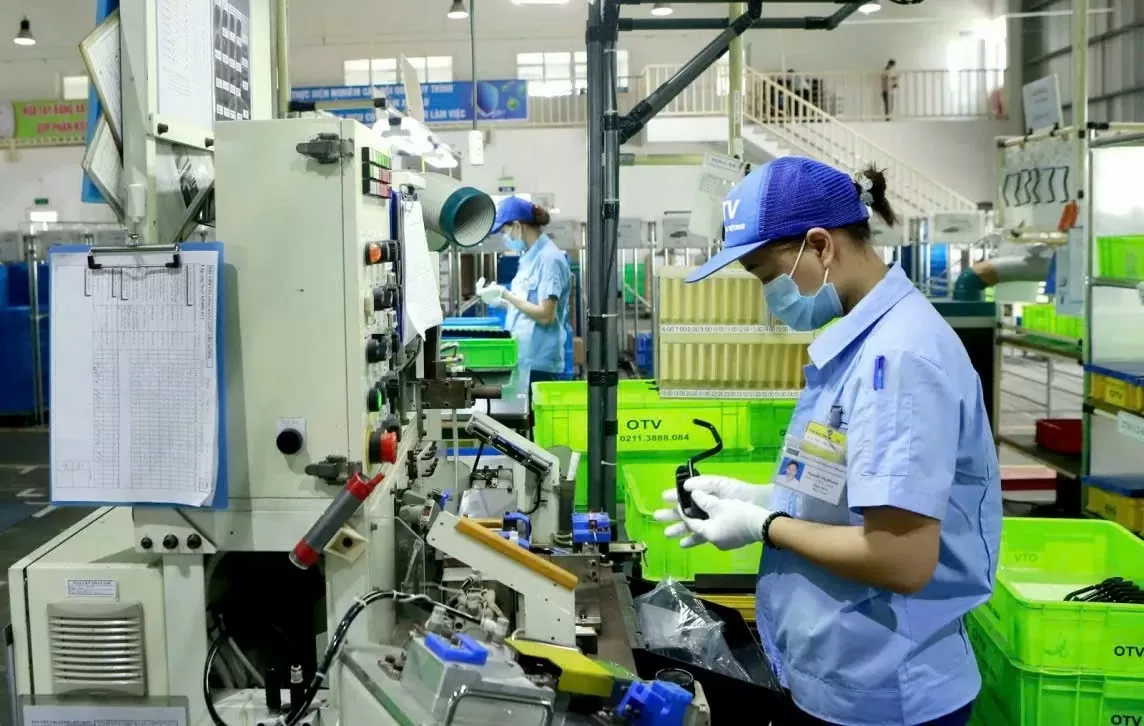
Many FDI enterprises in the manufacturing sector are looking to expand their operations in Vietnam. Photo illustration: Khanh Linh
Similarly, in the southern region, an OEM manufacturer in the electronics industry, with an annual export volume of $2 billion, operates a factory in Ho Chi Minh City’s high-tech park. “Their customers are exerting pressure, compelling them to boost their production capacity,” added Mr. Thanh.
Moreover, one of the world’s leading toy manufacturers is also seeking to increase its production capacity in Vietnam by an additional 10%.
According to Mr. Thanh, the primary reason behind the expansion plans of many FDI enterprises in the manufacturing sector is the pressure exerted by prominent global brands to augment their production capacity outside of China. “This is due to the anticipated increase in tariffs on goods produced in China and exported to the US in the near future, as indicated by the current political climate in the US,” explained Mr. Thanh.
The surge in demand for expanded production capacity among FDI enterprises in Vietnam underscores the rapid growth in investment inflows into the country’s manufacturing sector. However, experts emphasize the importance of attracting high-quality FDI and effectively channeling these resources for economic development.
From a business perspective, Mr. Thanh suggested that the first step is to identify the purpose of attracting investment for the next 5-10 years. Analyzing the foreign investment inflows over the past years reveals that over 70% of capital has been directed towards the processing and manufacturing sector. “It is evident that this sector is in dire need of resources, and capital is already flowing in that direction,” remarked Mr. Thanh.
To fully harness the potential of the processing and manufacturing sector in the economy, it is imperative to address bottlenecks related to energy, human resources, infrastructure, and logistics.
Zooming in on the energy sector, the representative from the US-ASEAN Business Council highlighted that investors seeking to establish a power plant with an investment scale of approximately $1 billion would typically require a government guarantee. However, providing such a guarantee is closely linked to public debt concerns. To navigate this challenge, investors have turned to a relatively innovative financial instrument: utilizing long-term power purchase agreements as collateral for bank loans… The government could consider providing similar documents to attract investors.
In reality, the expansion of production capacity and the transition to green production are not limited to FDI enterprises. Many domestic manufacturing companies are also eager to embrace this transformation to comply with the sustainability standards and regulations of their import markets.
A case in point is Garment 10 Joint Stock Company. Mr. Than Duc Viet, the company’s Director, shared that adopting solar energy, specifically through the utilization of rooftop solar panels in their production process, is a crucial step in meeting green energy criteria.
“After two years of research and consideration, Garment 10 selected a French investment fund for collaboration. They installed the necessary equipment on the company’s factory rooftops at no cost to the business. The investor sells electricity to Garment 10 at a lower price than the market rate,” explained Mr. Viet. He also mentioned that the investor would recoup their investment within the first ten years, and the remaining ten years would be pure profit.
“We hope that similar investment funds will emerge in Vietnam to accompany and support domestic enterprises, eliminating the need for them to seek foreign partners on their own,” Mr. Viet proposed.
Attracting high-quality FDI or general investment inflows into the processing and manufacturing industry is imperative, as this sector continues to play a pivotal role in driving the economy forward. Experts emphasize that, in addition to the involvement of credit institutions and financial organizations, creating a transparent and conducive investment and business environment, complemented by effective policy models, is essential for attracting high-quality investment capital.
The most extensive bribery case ever in Thanh Hoa: Numerous suspects prosecuted for “Giving and Receiving Bribes”
The Provincial Security Investigation Agency (PSIA) of Thanh Hoa province announced on January 31st that it has made the decision to initiate a prosecution against 23 individuals in connection with the offenses of “Accepting bribes” and “Giving bribes” as stipulated in Article 354(3) and Article 364(2) of the Criminal Code.
“Prosecution of government officials, land registration officers, and tax department employees in the largest bribery case ever”
The Thanh Hoa Police Investigative Agency has initiated legal proceedings against 23 individuals involved in the crimes of “Bribery” and “Receiving bribes”. This is the largest bribery case in terms of the number of suspects ever discovered and apprehended by the Thanh Hoa Police.






